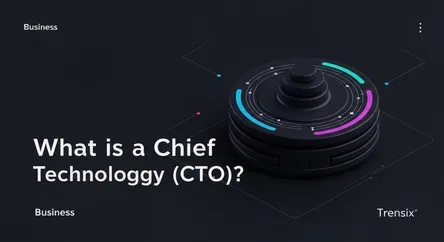Business
What is a Chief Technology Officer (CTO)?

Discover the crucial role of a Chief Technology Officer (CTO). Learn what a CTO does, why they are essential for startups, and their business impact.
What is it?
A Chief Technology Officer (CTO) is a C-level executive responsible for overseeing an organization's technological needs and its research and development (R&D). This role focuses on how technology can be used to achieve business goals. In a startup, the CTO often builds the initial product, defines the technology stack, and leads the engineering team. Their responsibilities evolve from hands-on coding to strategic planning, managing technical resources, and ensuring the company's technology strategy aligns with its long-term vision. They are the bridge between the technical team and the executive board, translating complex concepts into business opportunities.
Why is it trending?
The CTO role is trending because technology is no longer a support function but a core driver of business success. For startups, a strong CTO is non-negotiable for building a scalable product, attracting venture capital, and navigating the competitive tech landscape. The rapid advancements in AI, cloud computing, and data analytics have elevated the CTO's importance. They are now key strategists who must anticipate technological shifts, manage cybersecurity risks, and foster a culture of innovation to keep the company ahead of the curve.
How does it affect people?
A CTO's leadership directly impacts everyone. For employees, they shape the engineering culture, set technical standards, and provide the vision that motivates development teams. For investors, a credible CTO is a sign of a startup's technical viability and reduces investment risk. For customers, the CTO's decisions determine the quality, security, and user experience of the final product. A forward-thinking CTO ensures the technology is not only functional today but also adaptable for future innovations, ultimately delivering better value and a more reliable service to the end-user.